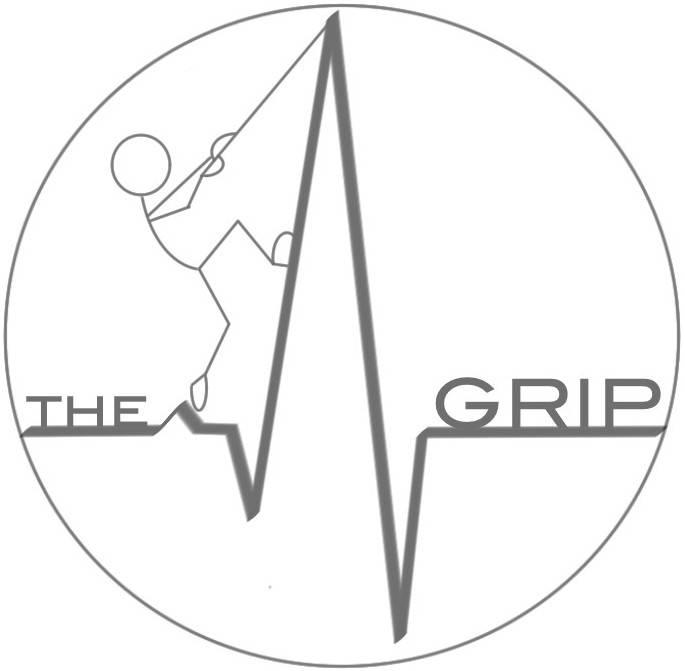Detection of patient inspiratory efforts by waveforms analysis: a step towards better patient-ventilator interaction
Mojoli F, Orlando A, Bianchi I, Torriglia F, Bianzina S, Pozzi M, Iotti GA, Braschi A, PLUG Working Group
Intensive Care Medicine Experimental 2016, 4(Suppl 1):27;597
Introduction: Patient-ventilator asynchronies are associated with
poor outcome. It was suggested that bedside analysis of ventilator
waveforms may help detecting different types of asynchrony and
setting properly the ventilator [1].
Objectives: To test accuracy of a “waveform” method, based on specific
signs on airway pressure (Paw) and flow curves, in detecting
spontaneous respiratory activity and asynchronies in patients under
Pressure Support Ventilation (PSV).
Methods: 16 recordings (12 min each) of esophageal pressure
(Pes), Paw and flow were obtained in obstructive (75 %) and restrictive
(25 %) patients under PSV with clinical evidence of poor
patient-ventilator interaction. Tracings of 4426 breaths were visually
analyzed for detection of spontaneous respiratory activity
both with Pes (reference method) and without Pes (waveform
method) by different operators. Breaths were defined as assisted,
unassisted or autotriggered, and assisted breaths as delayed triggered,
early cycled or delayed cycled. The waveforms method
was applied in a selection of tracings (20 min, 544 breaths) by 4
different operators for assessment of inter-rater agreement.
Results: The reference method detected 6 autotriggered (0.1 %),
976 unassisted (22.1 %) and 3444 assisted (77.8 %) breaths;
among assisted breaths, 897 delayed triggered (26.0 %), 1231 delayed
cycled (35.7 %) and 439 early cycled (12.7 %). Table 102
shows sensitivities and specificities (95 % CI) of the waveform
method in evaluating patient-ventilator interaction. The waveform
method detected the start of patient’s inspiration and expiration
with a bias of −23 and −32 ms and a precision (±1.98 SD) of 184
and 202 ms respectively. Absolute agreement among operators
was almost perfect for unassisted breaths, strong for delayed triggered,
delayed cycled and early cycled breaths, and weak for
autotriggered breaths.
Conclusions: The waveforms method is a reliable, accurate and reproducible
method to assess patient-ventilator interaction and could
help optimal setting of the ventilator. Automation of this method
may allow continuous monitoring of ventilated patients and/or improved
breath triggering and cycling.
References
1. Mojoli F et al. Intensive Care Med. 2015 [Epub ahead of print]
